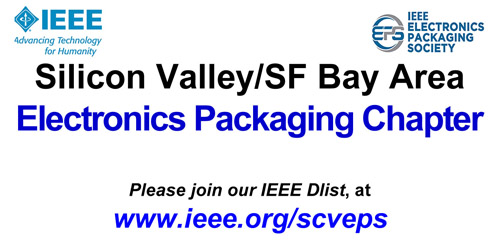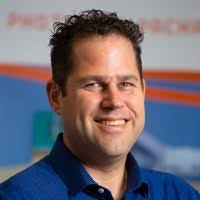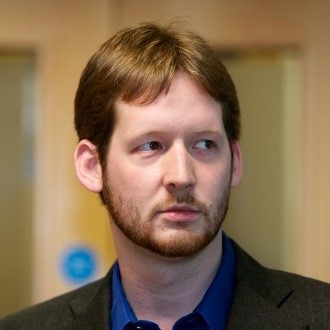Scalable Highly-Integrated Photonics Packaging for the 5G World: From Datacenters to Drones
-- photonics motherboard, dissimilar components, hybrid integration, thermal management ...

PHIX offers assembly services for all major photonic integrated circuit (PIC) technology platforms (such as Indium Phosphide, Silicon Photonics, Silicon Nitride, and Planar Lightwave Circuit) and is specialized in hybrid integration of chip-to-chip and fiber-to-chip modules. PHIX provides a one-stop-shop for PIC assembly, from design to volume production, supporting the global industrial development of PIC-enabled modules from our facilities in The Netherlands.
In this talk, we will discuss some of the advanced photonics packaging work that we have been performing in the EU Horizon 2020 projects TERAWAY and POETICS. In both projects, a close integration of many dissimilar components from multiple platforms introduces new challenges in hybrid integration and especially thermal management. These platforms include those of our project partners Fraunhofer HHI (PolyBoard [polymer on Si carrier], InP) and LioniX (TriPleX [SiN]) along with CMOS chips from commercial suppliers and custom designs in MPW runs.
The photonic integration in these projects realizes parallel chip-to-chip integration to a photonic motherboard as well as fiber-to-chip coupling for system I/O. The optical interconnects are supported by electrical circuits operating both in the DC and RF regimes targeting symbol rates of 100 Gbaud and beyond. In the case of the TERAWAY project, all of this needs to be realized in the form factor of an unpiloted drone. Particular attention will be given to the packaging design rules that enable this integration as well as the thermal design process and trade-offs associated with various cooling strategies.
Date and Time
Location
Hosts
Registration
-
 Add Event to Calendar
Add Event to Calendar
Loading virtual attendance info...
Speakers
 Jeroen Duis of TE Connectivity
Jeroen Duis of TE Connectivity
Biography:
Jeroen Duis received his bachelor’s degree from the Technical University of Rijswijk in 2001. After his study he worked 16 years within TE Connectivity. Within the ’s Fiber Optic Business Unit and corporate technology team he held several positions in engineering, research, technology scouting and management. During this time, he gained a broad experience in: laser processing of glass fibers, WDM multiplexing, low loss optical interconnects, next generation fiber to chip connectivity for applications in mobile phones, automotive and high speed computing applications. After this period, he stated working as of March 2017 for startup SMART Photonics in Eindhoven where he was responsible for the business development and tripling the sales. He is the author and co-author of several publications and holds 15 patent applications in the field of optical interconnection technology.
 Bradley Snyder
Bradley Snyder
Biography:
Bradley Snyder (Senior Process Engineer) received the B.S. degree in computer engineering in 2002 and the M.S. degree in electrical engineering in 2005 with focus in electro-optics, both from the University of Dayton, Dayton, OH, USA, and the Ph.D. degree in applied physics from Tyndall National Institute, University College Cork, Cork, Ireland, in July 2013. He was a Sr. Systems Engineer with Reed Elsevier Technology Services from 2000 to 2006, and a Software Developer with ColeSoft Marketing, Inc., from 2006 to 2009, both roles focusing on the administration, maintenance and development of IBM mainframe software. After completing his doctoral studies, he worked as a Sr. R&D Engineer with imec, Leuven, Belgium, from 2013 to 2018 and from 2018 to early 2020 in a stealth-mode Silicon Valley photonic quantum computing startup. In both roles, he applied his expertise and experience to addressing challenges of photonics packaging for systems ranging from compact data communications to large-scale, extreme-environment supercomputing with an emphasis on manufacturable solutions. He is author or co-author of over 20 publications in the field of photonics.

